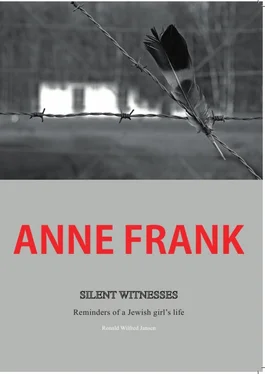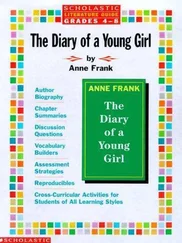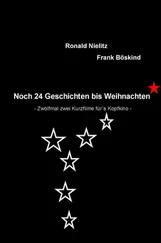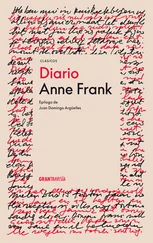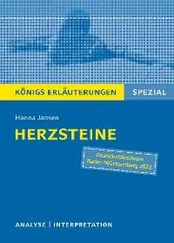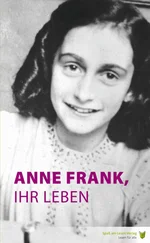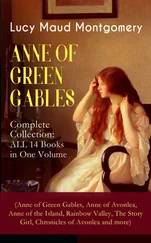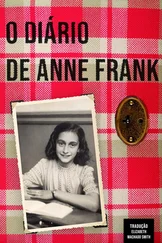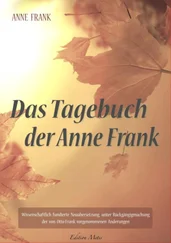The Aachener Dom or Aachen Cathedral at Münsterplatz 8has been an episcopal seat since 1930. Originally, the Dom was constructed as the royal church of Charlemagne(742/748-814). The central octagonal section of the Dom was built between 796 and 804 after Byzantine example. The Dom contains the relics Charlemagne brought from Jerusalem in 799: the Child Jesus’ swaddling cloth, Jesus Christ’s loincloth, the Virgin Mary’s dress and the cloth in which the severed head of John the Baptist is said to have been wrapped. The Dom also contains the vault of Charlemagne, King of the Franks (768-814), who was crowned emperor in 800. The Aachen cathedral became a pilgrimage site in the Dark Ages and is currently on the UNESCO world heritage list.
The Gothic city hall ( Katschhof ) 9was built in the 14 thcentury and was renovated into a baroque urban palace in the 17 thand 18 thcenturies. The city hall was damaged heavily during the great fires of 1656 and 1883. The northern façade is embellished with sculptures of 50 German rulers; 31 of these kings were coronated in Aachen.
Since 1825, a neo-classicist building on Theaterplatz houses the theatre. In 1920, the city of Aachen became responsible for the building’s maintenance. Many renowned artists worked in Aachen and began their career here, such as conductor Leo Blech (1871-1958).
In the evening of 9 November 1938 ( Kristallnacht ), the Nazis watched Giuseppe Fortunino Francesco Verdi’s (1813-1901) opera Il Trovatore (The Troubadour) at the Aachen Municipal Theatre on Theaterplatz—a restricted area for Jews at the time—on the occasion of Hitler’s unsuccessful coup of 9 November 1923.
The Jewish community would meet in the synagogue (on the then Promenadenstraße; currently 23 Synagogenplatz), founded in 1862 and situated only a mile from Pastorplatz. There were pinnacles on both front corners. The sunlight entered the spacious hall through a large circular window high up in the building. The walls were 4 decorated with mosaics and ornaments. Above the entrance, there was an organ loft with space for the choir. The prayer area was divided in two by a wide aisle. On Jewish festival days, the men would wear hats whilst the women would be dressed elegantly. 10This is the synagogue in which Otto and Edith were married.
After the prayers, visitors would leave the synagogue through its main entrance, accessible through a wrought iron gate decorated with Stars of David. Children used the narrow path around the synagogue to release their excess energy. 11Next to the synagogue were the other Jewish community buildings: the administrative office, a meeting facility, a youth centre, space reserved for the Ostjuden and the caretaker’s residence.
After Hitler’s takeover on 30 January 1933, the hatred of Jews rose in Aachen and throughout Germany. Margot had already moved to the Amsterdam Merwedeplein in December 1933. A memorial plate in Aachen states that Anne stayed with her grandmother Rosa on Monheimsallee from July 1933 through to January 1934, 12only a short walk from the Town Hall and market. Anne stayed with Rosa until February of 1934. 13The following year, Anne went to stay with her grandmother at 1 Pastorplatz, where Rosa rented a terraced house with several rooms along with her sons Walter and Julius, Anne’s uncles. About nine households lived at 1 Pastorplatz at that time. 14On Saturday 1 April 1933, the general boycott of Jewish businesses in Germany took effect in Aachen as well. The windows of Jewish shops were plastered with Stars of David by the SA. They also wrote slogans on Jewish lawyers and doctors’ practices, such as ‘Jews, go to hell!’, ‘Do not purchase from Jews!’ and ‘Death to the Jews!’. 15The Nazis prohibited Jews from holding posts at the university. The SA molested Jews on Adalbertstrasse—less than half a mile from Monheimsallee and Pastorplatz. Rosa will have done everything to protect her grandchild from these terrors.
A month before they instated the general boycott on Jewish businesses, the Nazis had established their first concentration camp in Dachau. In spite of this extreme hostility against their people, many 5 Jews in Aachen and throughout Germany kept their faith in their native country.
On 16 December 1934, the magazine of the Jewish community in Aachen ( Jüdischen Gemeinde Aachen ) stated: ‘We strive for a second emancipation and have faith in this, because we believe in a positive development and are convinced that such development will take place by historical-psychological necessity (…).’ 16So many Jews were killed by the Nazis during WWII, however, that after the war many surviving Jews decided to abandon Germany for good and emigrate, such as to Israel (starting from 1948) or the United States, for example.
Nazi leaders formally affirmed the hostile attitude towards Jews by introducing the Nuremberg racial laws on 15 September 1935, which were intended to establish whether someone was Jewish or a pure-blooded Aryan. Jews were deprived of all civil rights, and they were not allowed to interact (or have sexual intercourse) with non- Jewish persons. To the Jews, these were extremely distressful measures since they had actively supported German society and had fought for Germany during WWI. Many Jews even lost their lives fighting for Germany in WWI.
This anti-Jew policy was intended to make the Jews leave Germany by their own ‘free’ will. Between 1 January 1933 and 30 September 1935, 158 of the 1,345 Jews residing in Aachen left the city, 58 leaving to live in the Netherlands. 17A silent march in protest of Nazi violence, carried out in 1937, did not lead to any improvement.
During Kristallnacht in 1938, mobs destroyed the synagogue on the then Promenadenstraße (currently 23 Synagogenplatz). In 1941, the Nazis began deporting Jews to the extermination camps in the East. Significantly, 700 Jews from Aachen were murdered there, including the head of the local Jewish community, Dr Adolf Rosenthal (1873-1944) 18, who was killed in Auschwitz. 19Aachen is situated on the border of Germany, in its western-most area, and was heavily affected by the war. In July of 1941, the first of a series of five air raids on Aachen destroyed most of its city centre.
The city was liberated by the Americans on 21 October 1944, after six weeks of heavy fighting. In 1946, the American occupation was replaced by a Belgian one. Aachen had almost 11,000 inhabitants at that time. A large number of war criminals—who had been responsible for murdering Jewish inhabitants of Aachen—escaped punishment. Not the victims but the perpetrators were being protected. The chief offenders of the Aachen pogrom faced trial on 12 June, 1947, with many of them acquitted of their charges. The national- socialist wartime mayor also got off scot-free. 20Following the war, many of those who were Nazi leaders during the war obtained lucrative posts in the German government or elsewhere in the world.
A new Aachen city centre was thrown up after the war, which reconstructed most of the old buildings. Many of the original buildings in the centre that were reminiscent of the rich, Jewish life have been lost forever. The city hall’s Krönungssaal still contains 19 thcentury frescoes by Alfred Rethel (1816-1859) and copies of regalia and of the Gothic and Baroque interior. The new Aachen theatre stages operas, plays, dance performances and concerts. The Roman hot springs have been reinstated, and are now used as healing baths.
Some of the buildings where Anne used to live survived the war. The urban villa at 5 Liebfrauenstrasse (renamed 5 Elsa-Brändström- Strasse in 1937) was damaged heavily during an air raid but was restored after WWII. Rosa’s place at 42-44 Monheimsallee did not make it through the war and was replaced by a lawn in a park.
Читать дальше
